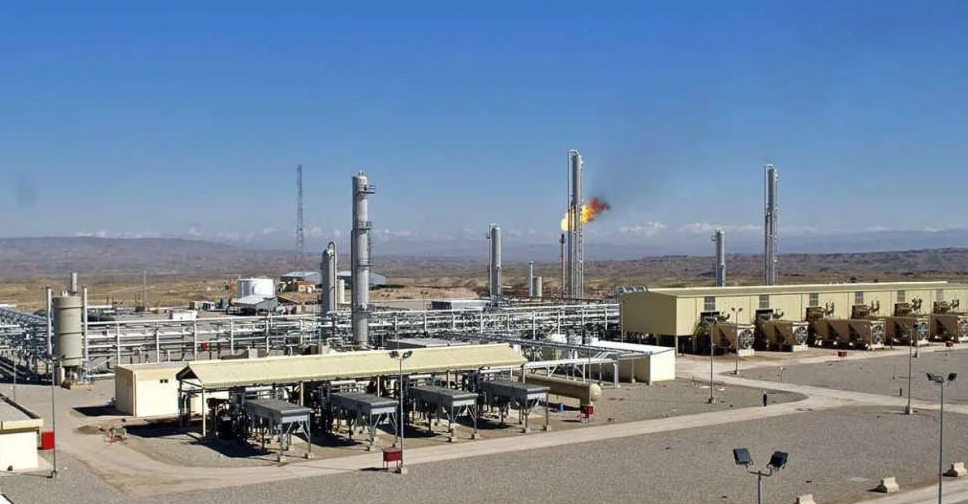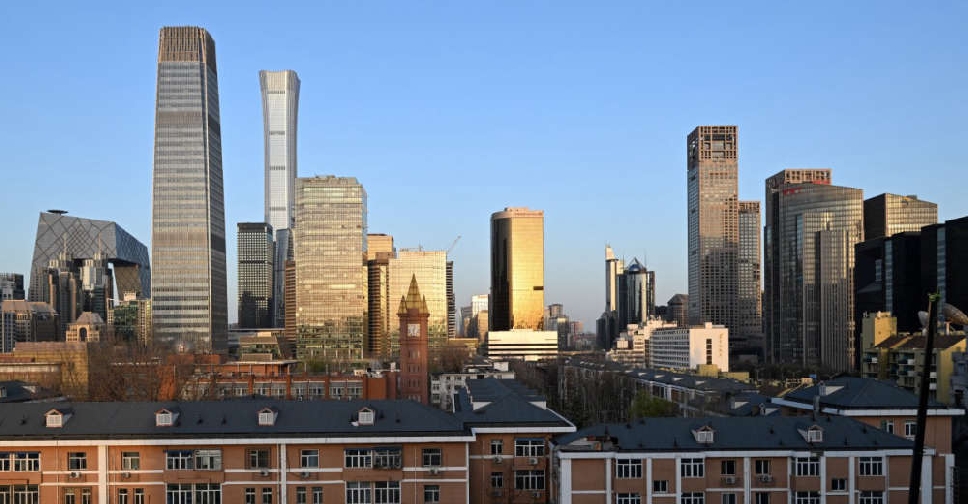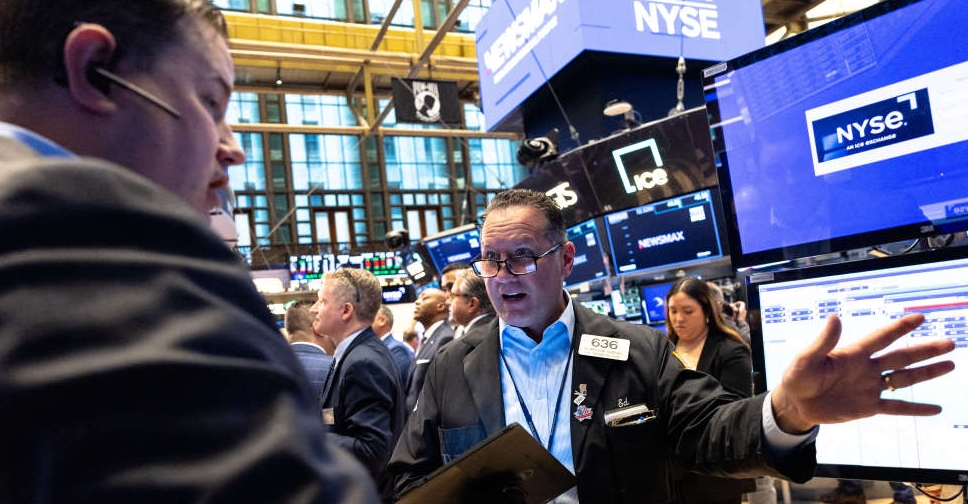
It may have sounded far-fetched only a year ago, but today’s buzz is all about how low they can go. A 16-month oil rout and growing talk of recessionary risks have led economists tracking monetary policy in Norway to wonder whether zero -- or even negative -- rates are in store for western Europe’s biggest crude producer. Norges Bank Governor Oeystein Olsen “has to think in terms of negative rates, especially when all our neighboring countries have it,” said Jan Ludvig Andreassen, chief economist at Eika Gruppen AS in Oslo. With Denmark’s benchmark at minus 0.75 percent and Sweden’s at minus 0.35 percent, he sees a series of rate cuts ahead for Norway, reaching minus 0.25 percent in 2017. That’s based on an assumption that oil will rise to a modest $60, from just below $50 now. “We’ll probably avoid a recession if the bank makes a timely use of the tools it has available,” said Andreassen, who calls himself an “outlier” among economists in Norway. None of his counterparts at the region’s five largest bank’s see negative rates ahead. When it comes to Thursday’s rate decision, Norway is expected to keep them unchanged at 0.75 percent, according to 16 of 17 economists surveyed by Bloomberg. One sees a cut to 0.50 percent. The bank will not release any new economic forecasts. Since oil’s decline gathered pace more than a year ago, Norges Bank has eased policy three times, halving rates. Olsen signaled a more than 50 percent chance of more easing in the coming year. With oil prices still weak, the nation is facing a “clear downside risk that we could in fact be on the brink of recession,” said Marius Gonsholt Hov, an economist at Svenska Handelsbanken AB. He sees Norway rates at zero by the end of 2016. Recent economic data has provided little comfort. Retail sales fell 0.8 percent in September and unemployment rose to 4.6 percent in August, the highest level since at least 2006. A manufacturing index measuring production has remained below 50, signaling a contraction, since April. The index rose to a seasonally adjusted 48.3 in October from a revised 47.5 a month earlier. For analysts at Danske Bank A/S, the slight improvement in the manufacturing sector only adds to their prediction of unchanged rates for the “foreseeable future.” By Saleha Mohsin (Bloomberg)



 Nasdaq set to confirm bear market as Trump tariffs trigger recession fears
Nasdaq set to confirm bear market as Trump tariffs trigger recession fears
 Dana Gas and Crescent Petroleum exceed 500M boe in Khor Mor field
Dana Gas and Crescent Petroleum exceed 500M boe in Khor Mor field
 China to impose tariffs of 34% on all US goods
China to impose tariffs of 34% on all US goods
 Shares bruised, dollar crumbles as Trump tariffs stir recession fears
Shares bruised, dollar crumbles as Trump tariffs stir recession fears
 Wall Street futures sink as tariffs fuel recession fears
Wall Street futures sink as tariffs fuel recession fears



